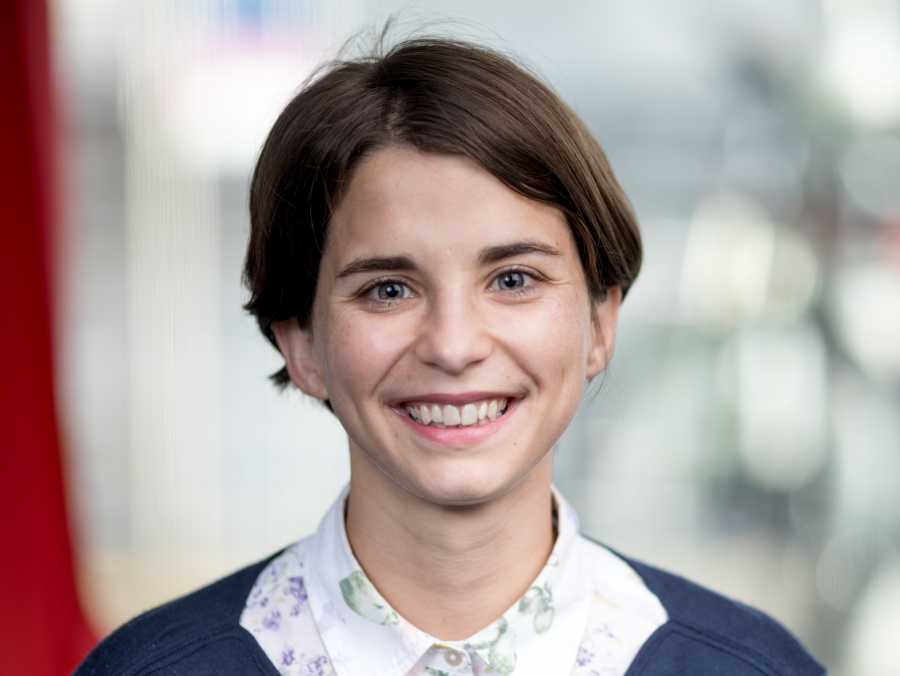Urban Mining in Switzerland
Mobile phones are the most commonly owned and one of the most frequently replaced personal electronic devices. Most people keep their old phone at home once they replace it. Although this might seem harmless, it withholds minerals from re-entering supply chains, which constitute a significant lost resource. We estimate that about 6.5 million unused phones are laying around in drawers in Switzerland, which include an estimated 133 tons of copper, 93 tons of aluminum, 1.7 tons of silver and 270 kg of gold. In our survey with Swiss consumers we found out that though 56% of people state that they are willing to sell their old devices for as little as CHF 5, return rates of old devices for recycling remain low.

To determine ways to increase the return rate of old phones for recycling, we conducted an experiment at the ETH Zurich in collaboration with ETH Sustainability, Campus Info and ETH life magazine. We find that no information, such as messages about data protection or nature conservation, was as effective in increasing return rates of old phones as making it very easy to return a phone for recycling. Receiving an envelope with pre-postage that can be used to return a phone resulted in double return rates compared to people who needed to take their phone to a collection point or buy their own postage.
By linking the life-cycle impacts of metals to our improved database to track supply chain impacts and by weighting these impacts with monetization factors, we found urban mining is economically viable when taking into account the total environmental cost of producing a new phones with metals from a primary mine instead of an urban mine.

The team
-

Antoinette van der Merwe (© 2017 ISTP) -

Livia Cabernard (© 2017 ISTP) -

Isabel Günther